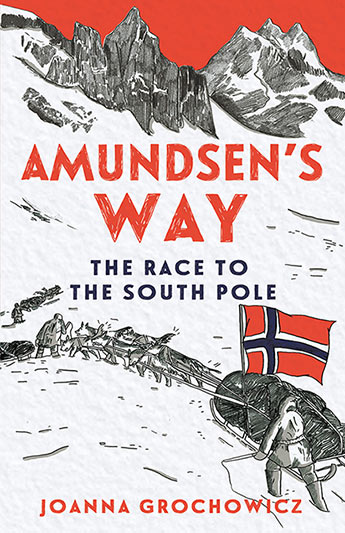Mophead Selina Tusitala Marsh
It was an exciting experience to
read Mophead because I quickly realised that it was a winner, a book young
people (and adults) would enjoy reading. In fact, Mophead won the Margaret Mahy
Book of the Year Award and the Elsie Locke Award for Non-fiction at the 2020
New Zealand Book Awards for Children and Young Adults. Mophead also picked up a
2020 Storylines Notable Book Award in the Non-fiction category. A winner, indeed.
Below is a review of Mophead, which I wrote for The Source website in December 2019.
Mophead (2019)
Selina Tusitala Marsh
Auckland University Press
88 pages, hardback, NZ$25
ISBN 978 1 86940 898 5
Do you want to hear a story/
Um, OK
When I was 10 …
This unusual illustrated
story or picture book (or more accurately a graphic memoir) is the author’s
cleverly constructed and charmingly-illustrated account of how she came to
accept herself, her appearance and her identity. Selina Tusitala Marsh - who was the New Zealand Poet Laureate from 2017 to 2019 - begins her story by telling how 'when I was 10 I was teased for having BIG hair.'
She describes her hair as ‘wild Afakasi hair’. (Afakasi means a Samoan person with some
European ancestry.) She tells how she got thick wavy hair from her
Samoan-Tuvaluan mother and thin curly hair from her New
Zealand-Scottish-English-French father. ‘My
hair was so wild that it defied gravity.’ Teased and called ‘mophead’ and ‘golliwog’, Selina tied her hair in a tight bun and her classmates
stopped calling her names. ‘I was the
same.’
A turning point in Selina’s life was a visit to her high
school by poet Sam Hunt. ‘He was tall and
thin. He had WILD hair and WILD words.’
Impressed by the way that Sam was happy to be different, Selina made a
life-changing decision. ‘I was going WILD.’
Using a few apt words and her quirky illustrations, Selina sketches in her
writing career, her inspiring discovery of other wild women (from Queen Salote
to Maya Angelou) and what she calls ‘the
wild words of Pacific Island women poets.’
When invited to perform her poetry for such celebrities
as Queen Elizabeth II and President Barack Obama Selina is always told, ‘It’s formal. You’ll need to tie your hair
back.’ (Her various responses make this book a joy to read aloud.)
As New Zealand’s 11th Poet Laureate, Selina is given a
tokotoko (carved ceremonial walking stick) which incorporates a traditional
Samoan fly-whisk (fue) made from coconut fibres. To Selina’s delight, the
tokotoko reminds her of a mop.
The story ends (and begins) with Selina’s return to her
home on Waiheke Island, with her tokotoko. A small boy mistakes it for a mop
and Selina asks him, ‘Do you want to hear a story?’
Mophead is a book for all ages. Its text is exceptionally
well-constructed with never a word wasted (as might be expected from a poet). A
powerful message is conveyed with wit.
The lively line illustrations and dramatic lettering,
which make the book such fun to read, are all by the author. The rear endpapers
add another whole layer of enjoyment.
16 Dec 2019
























